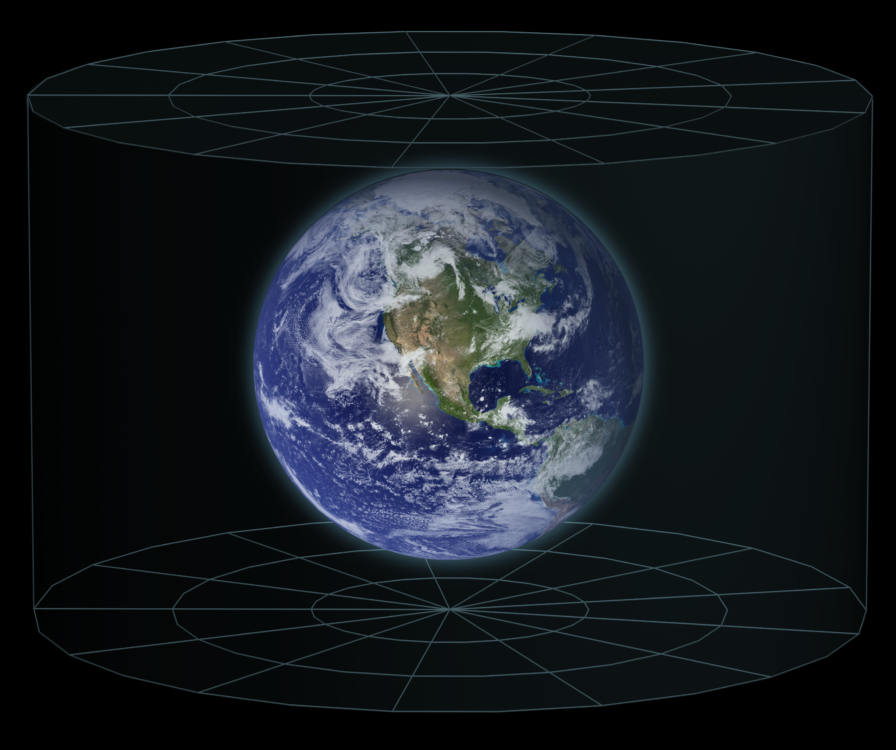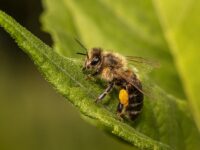When you think of glowing space entities, your mind might jump to the Sun, but what if I told you that our very own planet emits its own mysterious red light? You might be puzzled, and so were researchers in 2009 when a satellite detected shades of red light scattered throughout the planet. The root of this strange phenomenon lies in the chemistry of plants.
All plants undergo photosynthesis, a process in which light, carbon dioxide, and water are used to create chemical energy in the form of sugars. Chloroplasts reside within plant cells and are the sites of photosynthesis. During this process, chlorophylls, which are stacks of pigments packaged within chloroplasts, absorb photons, or particles of light energy. This light energy excites electrons within chlorophylls, raising their energy level. While most of these electrons are used in a series of photosynthetic reactions, a small portion drops back to their ground energy state. When this occurs, energy is emitted by the chlorophyll molecule in the form of red wavelengths of light.
This red-light fluorescence plays a key role in determining the health and abundance of plant life across the planet. By examining the global presence of red wavelengths from space, researchers can examine how biodiversity varies from region to region, as well as track the growth or reduction of plant life on Earth. In addition, chlorophyll fluorescence is also an indicator of the health and productivity of plants; when under stress, the efficiency of photosynthesis decreases, reflected in changes in red light emission. For example, when phytoplankton are in iron-deficient waters, their solar energy retention rate drops, leading to an increase in red-light emission. With the help of red-light detection, satellites in space can identify iron-deficient waters and iron-rich waters and determine which parts of the ocean are affected by human activities that result in these differences.
Red-light fluorescence undoubtedly plays a significant role in tracking the impacts of the destruction and degradation of plant life due to human activities.
Gauging plant conditions is critical for tracking the impacts of climate change. Red-light fluorescence undoubtedly plays a significant role in tracking the impacts of the destruction and degradation of plant life due to human activities. From the Amazon rainforest to the succulent on your desk, the red-light glow emanating from Earth’s plant life is a useful and fascinating occurrence.
https://www.nasa.gov/topics/earth/features/modis_fluorescence.html
https://ted2srt.org/talks/zoe_pierrat_earth_s_mysterious_red_glow_explained






